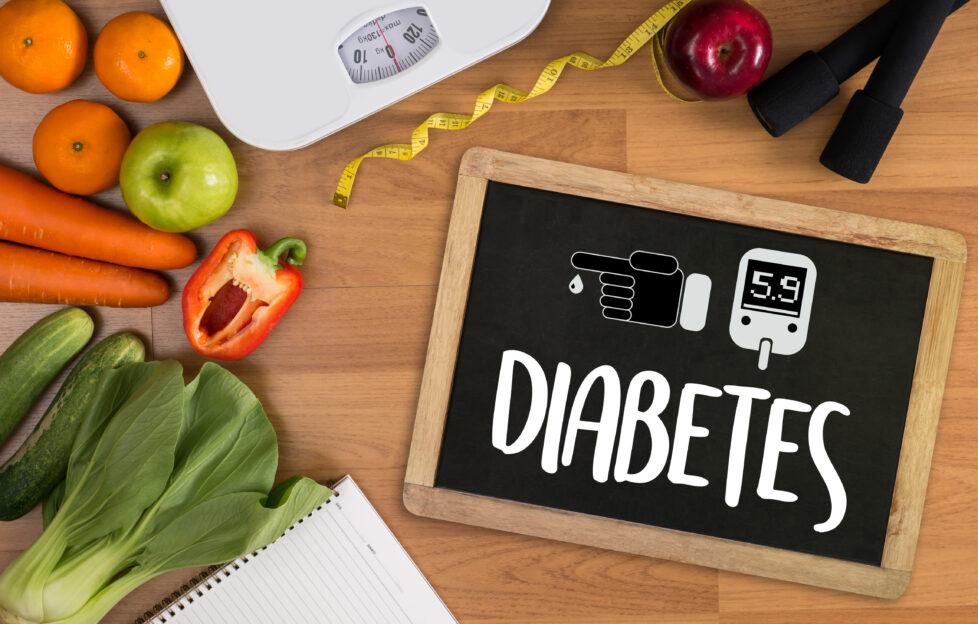World Diabetes Day: How To Reduce Your Risk

Diabetes is one of the biggest health challenges of our time. So it’s well worth finding out how to reduce your risk today, World Diabetes Day.
Most people with the condition have Type 2 diabetes (around 90% according to the NHS), and its rise is largely due to our increasing waistlines.
The good news is that three in five cases can be prevented or delayed.
Often, it’s simply a matter of making some straightforward changes in your day-to-day life.
There are also tools that make it easy to figure out your own risk, and loads of resources to help you stay healthy.
Diabetes can sneak up on you
Type 2 diabetes can sneak up on you.
It starts gradually, usually once you are over the age of forty. But for some people, it’s more likely to start earlier — from the age of twenty five, for example, if you’re black or South Asian. It can take up to a decade before someone realises they have it.
People with Type 2 diabetes can sometimes manage it with a healthy diet and more exercise, but they may also need to take medication.
For people who have diabetes, good management of the condition is important to prevent serious damage to the heart, kidneys and eyes.
Scientists have learned a lot about the risk factors — that is, the personal characteristics that increase your chances of developing diabetes.
Some of these risk factors are things you can’t control, such as your age, family history of diabetes, and ethnicity. But everyone can benefit from keeping a healthy weight.
Millions of people in the UK are at increased risk of developing Type 2 diabetes due to being overweight or obese.
Find more information at the Diabetes UK website, or use their tool Know Your Risk to find out if you’re in danger of developing the condition.
The four most common symptoms of Type 1 diabetes are the 4Ts: toilet, tired, thirsty, thinner.
You’ll find lots of information on the Diabetes UK website.
If you’re keen to get more active, you’ll find great advice here
For more health tips from “The People’s Friend”, click on here.










